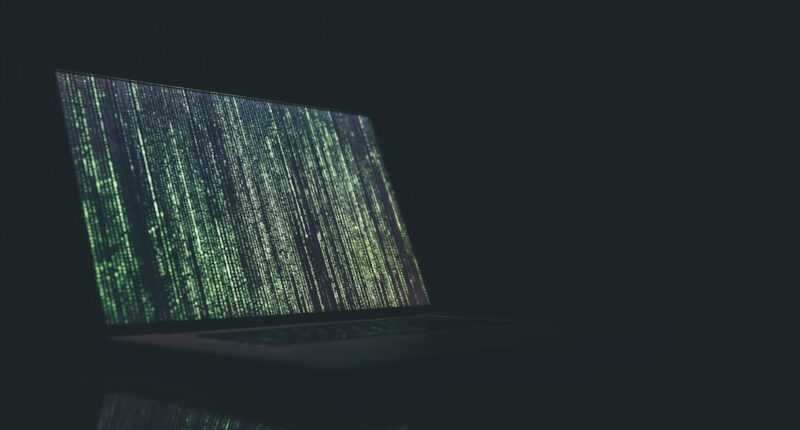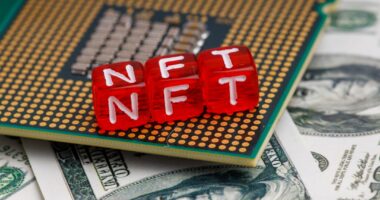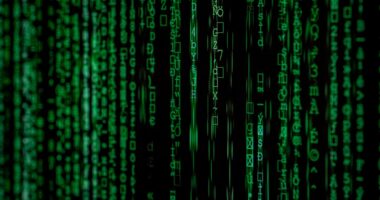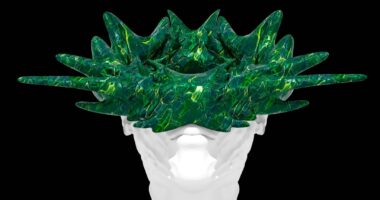Non-fungible tokens (NFTs) are unique digital assets that represent ownership or proof of authenticity of specific items or content, such as artwork, videos, music, or tweets. Unlike fungible cryptocurrencies like Bitcoin or Ethereum, NFTs cannot be exchanged on a one-to-one basis due to their individual uniqueness. This uniqueness contributes to their value and appeal among collectors and investors.
NFTs utilize blockchain technology, a decentralized and distributed digital ledger that records transactions across multiple computers. This technology ensures the security and authenticity of NFTs by storing each token on the blockchain, preventing replication or alteration. When purchasing an NFT, buyers acquire ownership rights to the digital asset and a digital certificate of authenticity verifying its uniqueness and provenance.
This certificate is stored on the blockchain and can be publicly verified, providing transparency and trust in the NFT marketplace. In essence, NFTs are unique digital assets built on blockchain technology, which ensures their security, authenticity, and transparency. This combination of features makes NFTs an attractive option for collectors and investors interested in buying and selling digital assets.
Creating Your Own NFT: Step-by-Step Guide for Artists and Creators
Step 1: Choose Your Digital Content
The first step in creating an NFT is to choose the digital content you want to tokenize. This could be artwork, music, videos, or any other digital asset that you own the rights to.
Step 2: Select an NFT Marketplace
Once you have your content ready, you’ll need to choose an NFT marketplace to mint and sell your NFT. Popular marketplaces include OpenSea, Rarible, and Foundation, each with its own set of guidelines and fees.
Creating and Listing Your NFT
After selecting a marketplace, you’ll need to mint your NFT, which involves uploading your digital content, adding metadata such as title, description, and properties, and paying a minting fee. This process will create a unique token on the blockchain that represents your digital asset. Once your NFT is minted, you can set the price for your digital asset and decide on royalty fees for future sales. This allows you to earn a percentage of the resale value each time your NFT is sold in the secondary market.
Marketing and Promotion
Finally, you’ll need to promote your NFT through social media, online communities, and other marketing channels to attract potential buyers and collectors. By following this step-by-step guide, artists and creators can take advantage of the growing NFT market and monetize their digital creations.
Selling Your NFT: Tips for Marketing and Pricing Your Digital Assets
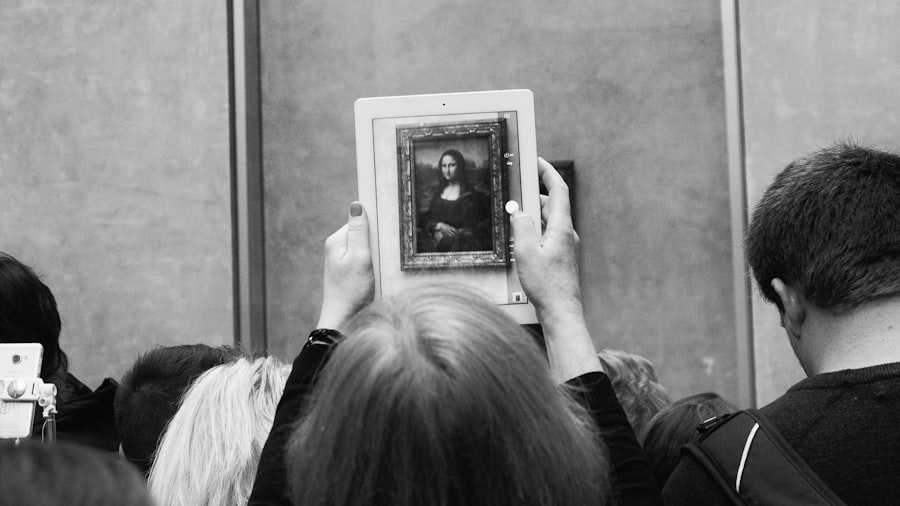
Once you’ve created your own NFT, the next step is to sell it to potential buyers and collectors. Here are some tips for marketing and pricing your digital assets: 1. Build Your Brand: Before selling your NFT, it’s important to build your brand as an artist or creator.
This involves creating a strong online presence through social media, a personal website, and other marketing channels to showcase your work and attract potential buyers. 2. Tell Your Story: When marketing your NFT, it’s important to tell the story behind your digital asset.
This could include the inspiration behind the creation, the process involved, or any other unique aspects that make your NFT stand out. 3. Engage with Your Audience: Engaging with your audience through social media, online communities, and other platforms can help build a loyal fan base and attract potential buyers for your NFT.
4. Price Your NFT Strategically: When pricing your NFT, it’s important to consider factors such as the uniqueness of the content, your reputation as an artist or creator, current market trends, and the demand for similar digital assets. 5.
Offer Limited Editions or Unlockable Content: To increase the value of your NFT, consider offering limited editions or unlockable content that provides additional perks or benefits to buyers. In summary, marketing and pricing your NFT involves building your brand as an artist or creator, telling the story behind your digital asset, engaging with your audience, strategically pricing your NFT, and offering limited editions or unlockable content. By following these tips, you can increase the visibility and value of your NFT in the marketplace.
The Latest NFT News: Trends, Developments, and Market Insights
| Date | Topic | Key Insights |
|---|---|---|
| May 2021 | NFT Sales | Record-breaking sales in NFT art and collectibles. |
| June 2021 | NFT Marketplaces | Growth of new NFT marketplaces and platforms. |
| July 2021 | NFT Trends | Rise of NFT gaming and virtual real estate. |
The world of NFTs is constantly evolving, with new trends, developments, and market insights emerging on a regular basis. Here are some of the latest news in the NFT space: 1. Metaverse Integration: One of the latest trends in the NFT space is the integration of digital assets into virtual worlds and metaverse platforms.
This allows users to showcase their NFT collections in virtual environments and interact with other collectors in new and immersive ways. 2. Celebrity Endorsements: Many celebrities and public figures have recently jumped on the NFT bandwagon by creating and selling their own digital assets.
This has brought mainstream attention to the NFT market and increased its popularity among a wider audience. 3. Environmental Concerns: As the popularity of NFTs continues to grow, so do concerns about their environmental impact due to the energy consumption of blockchain technology.
This has led to discussions about more sustainable alternatives for minting and trading NFTs. 4. Market Insights: The NFT market has seen significant growth in recent years, with record-breaking sales of digital art, collectibles, and virtual real estate.
This has attracted both traditional collectors and new investors looking to capitalize on the potential value of digital assets. 5. Legal and Copyright Issues: With the rise of NFTs, there have been discussions about legal and copyright issues surrounding ownership rights, licensing agreements, and intellectual property protection in the digital space.
In conclusion, the latest news in the NFT space includes trends such as metaverse integration and celebrity endorsements, concerns about environmental impact, market insights on sales growth, and discussions about legal and copyright issues. Keeping up with these developments can provide valuable insights for collectors, investors, artists, and creators in the evolving world of digital collectibles.
NFT Jobs: Opportunities in the Growing Digital Collectibles Industry
The growing popularity of NFTs has created new job opportunities in the digital collectibles industry for individuals with various skills and expertise. Here are some of the job roles available in the NFT space: 1. NFT Artist: Artists who create digital artwork or other content for tokenization as NFTs are in high demand as the market for digital collectibles continues to grow.
2. Blockchain Developer: Individuals with expertise in blockchain technology are needed to develop platforms for minting, selling, and trading NFTs securely on the blockchain. 3.
Marketing Specialist: Marketing professionals who understand the unique aspects of promoting and selling digital assets as NFTs can help artists and creators reach a wider audience of potential buyers. 4. Legal Advisor: With legal and copyright issues surrounding ownership rights and intellectual property in the digital space, legal advisors with expertise in NFTs can provide valuable guidance to artists, creators, and investors.
5. Community Manager: Community managers play a crucial role in engaging with collectors and buyers in online communities and social media platforms to promote NFTs and build a loyal fan base for artists and creators. In summary, job opportunities in the growing digital collectibles industry include roles such as NFT artist, blockchain developer, marketing specialist, legal advisor, and community manager.
As the demand for NFTs continues to rise, individuals with these skills and expertise can find rewarding career opportunities in this evolving space.
NFT Artists: Spotlight on Successful Creators and Their Unique NFTs

Pioneers in NFT Art
One of the most notable examples is Beeple, aka Mike Winkelmann, who made headlines with the sale of his digital artwork “Everydays: The First 5000 Days” as an NFT for a staggering $69 million at auction. This record-breaking sale brought mainstream attention to the potential value of digital art as collectible assets.
Trailblazers in Digital Art
Other successful creators in the NFT art space include Pak, an anonymous artist known for his abstract digital art pieces that have been sold as high-value NFTs. Musician Grimes has also ventured into the world of NFTs, selling her original digital art pieces as tokens on various platforms. Teenage artist Fewocious has gained popularity for her vibrant digital artwork, which has been sold as limited edition NFTs to collectors around the world.
Pushing the Boundaries of Digital Art
Artist Trevor Jones has combined traditional painting techniques with augmented reality to create unique digital art pieces that have been tokenized as NFTs. These artists, along with many others, have contributed to the growth of the digital collectibles market, inspiring other artists to explore new opportunities in this evolving space.
NFT Platforms: Where to Buy, Sell, and Discover NFTs in the Online Marketplace
As the popularity of NFTs continues to grow, there are several platforms where collectors can buy, sell, and discover unique digital assets in the online marketplace. Here are some popular NFT platforms: 1. OpenSea: OpenSea is one of the largest decentralized marketplaces for buying and selling NFTs across multiple categories such as art, domain names, virtual worlds, trading cards, and more.
2. Rarible: Rarible is a community-owned marketplace where users can create, buy, sell, and collect rare digital items as non-fungible tokens. 3.
Foundation: Foundation is an invite-only platform that focuses on supporting artists by providing a curated space for showcasing and selling their original artwork as NFTs. 4. SuperRare: SuperRare is a platform that specializes in high-quality digital art by leading artists from around the world that can be collected as limited edition NFTs.
5. NBA Top Shot: NBA Top Shot is an officially licensed platform where basketball fans can buy, sell, and trade officially licensed NBA collectible highlights as NFTs. In summary, there are several platforms where collectors can buy, sell, and discover unique digital assets as non-fungible tokens including OpenSea, Rarible, Foundation SuperRare NBA Top Shot among others.
These platforms provide opportunities for artists to showcase their work while offering collectors access to a wide range of digital collectibles in this rapidly growing marketplace.
If you’re interested in learning how to make an NFT and sell it, you should check out this article on NFT-Jobs. This article provides a step-by-step guide on creating and selling your own NFT, including tips on choosing the right platform and marketing your artwork. It’s a great resource for anyone looking to get started in the world of NFTs.
FAQs
What is an NFT?
An NFT, or non-fungible token, is a digital asset that represents ownership or proof of authenticity of a unique item or piece of content, such as artwork, music, videos, or collectibles, using blockchain technology.
How do you make an NFT?
To make an NFT, you will need to choose a blockchain platform that supports NFTs, such as Ethereum or Binance Smart Chain, create a digital wallet, mint your digital artwork or content as an NFT using an NFT marketplace or platform, and pay the associated gas fees.
How do you sell an NFT?
To sell an NFT, you can list it on an NFT marketplace such as OpenSea, Rarible, or Foundation, set a price or auction for the NFT, and wait for a buyer to purchase it using cryptocurrency.
What are the costs associated with making and selling an NFT?
The costs associated with making and selling an NFT include gas fees for minting the NFT on the blockchain, platform or marketplace fees for listing the NFT, and potential transaction fees for transferring the NFT to a buyer.
What are some tips for successfully selling an NFT?
Some tips for successfully selling an NFT include creating high-quality and unique digital artwork or content, promoting your NFT on social media and other platforms, engaging with the NFT community, and pricing your NFT competitively.
